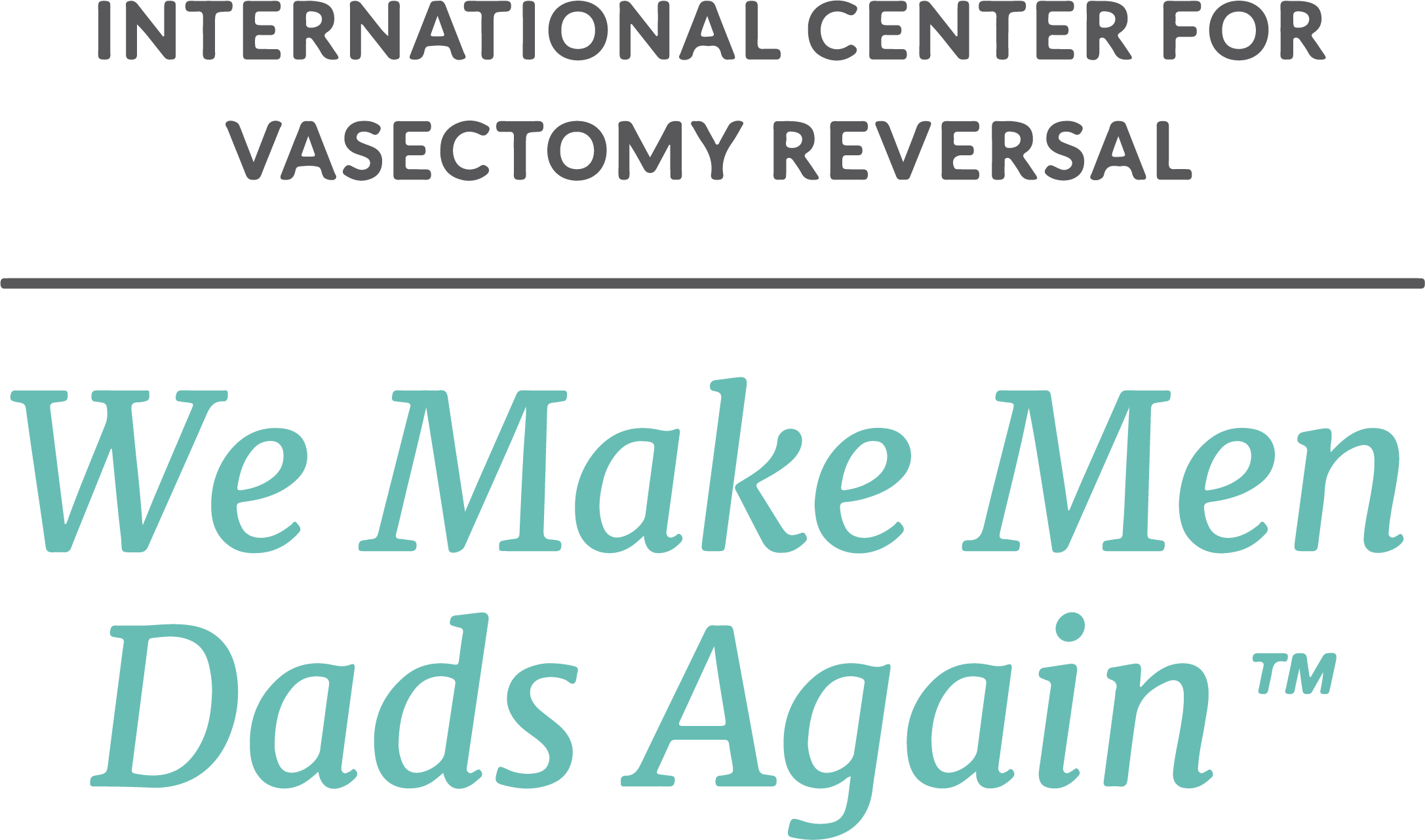Yes, prescription Clomid can increase sperm production for most men before or after a vasectomy reversal.
This article,written by Matthew F. Marks, MS, TS (ABB) of ICVR and Arizona Andrology Lab and Cryobank, discusses the indications and use of Clomid for men trying to boost their sperm counts before or after vasectomy reversals.
Clomid (clomiphene citrate) is commonly used in men to improve sperm counts when hormone levels are low or normal, even though it was originally designed for use with women (1). Clomid is known as a “selective estrogen receptor modulator” (SERM). What this means is that Clomid inhibits the estrogen receptors in a part of the brain called the hypothalamus which then increases the hormone levels of follicle stimulating hormone (FSH), the hormone that boosts sperm production and luteinizing hormone (LH), the hormone which stimulates the body’s own testosterone production. Because these hormones are all linked together, anything that increases one will increase the other. Just the same, anything that suppresses one will suppress the other.
Clomid therapy is commonly used to boost sperm production for male factor infertility or to “goose” the system to elevate the testosterone naturally when men are trying to recover from suppression of sperm production that is so common with testosterone replacement therapy (TRT). Many doctors are unaware of this suppression by testosterone therapy, inadvertently hurting sperm counts when they they think that they helping (2,3).
Does Clomid therapy help every man?
Though we know that Clomid therapy can help most men, there are some men that take Clomid and may not see any improvement. As we commonly know with most medical therapies and treatments in medicine and especially male fertility, this means that using Clomid has an aspect that is trial and error. It’s the old “try a treatment and see if it works” approach. In our vasectomy reversal practice, we often check hormone levels and, if appropriate and we feel the patient will benefit, we will talk to our patients about how a trial of Clomid may help boost their sperm counts and testosterone production. Because sperm production takes 74 to 90 days, it can take that long or more to see any benefit in sperm numbers. We usually can see a jump in testosterone as early as 4 weeks though sometimes it can take longer.
Are there any signs or ways to predict who will benefit from taking Clomid?
In a poster presentation at the annual international AUA (American Urological Association) meeting in San Francisco (2018), researchers at the University of Virginia and the Austin Fertility Center (4) found that there are no predictors of about who will benefit from Clomid and who will not.
If a person’s sperm counts are down and hormones levels seem low, especially after a vas reversal where we would expect better numbers, it may be reasonable to talk with fertility doctors to see if there might be a benefit from a trial on Clomid.
For anyone with questions about Clomid or a reverse vasectomy here at our full-time, vas reversal only center, please call us today!
This page was reviewed, updated and edited by Dr. Sheldon Marks on January 1, 2023.
References:
1.Marks SHF. Vasectomy Reversal: Manual of Vasovasostomy and Vasoepididymostomy. New York; Springer; 2018.
2.Kovac JR, Scovell J, Ramasamy R, Rajanahally S, Coward RM, Smith RP, Lipshultz LI. Men regret anabolic steroid use due to lack of comprehension regarding the consequences on future fertility. Andrologia 2015 Oct;47(8):872-8)
3.Coward RM, Mata DA, Smith RP, Kovac JR, Lipshultz LI. Vasectomy reversal outcomes in men previously on testosterone supplementation therapy. Urology. 2014 Dec;84(6):1335-40.
4.Sharma D, Wang J, Wheeler K, Starke N, Costabile R, Kavoussi P, Smith R. Predictors of Improvement in Semen parameters in Men Treated with Clomiphene Citrate (MP07-06), University of Virginia, Charlottesville, Virginia and Austin Fertility and Reproductive Medicine Center, Austin Texas. Poster, Annual Scientific Meeting, American Urologic Association; May 2018; San Francisco, California.



